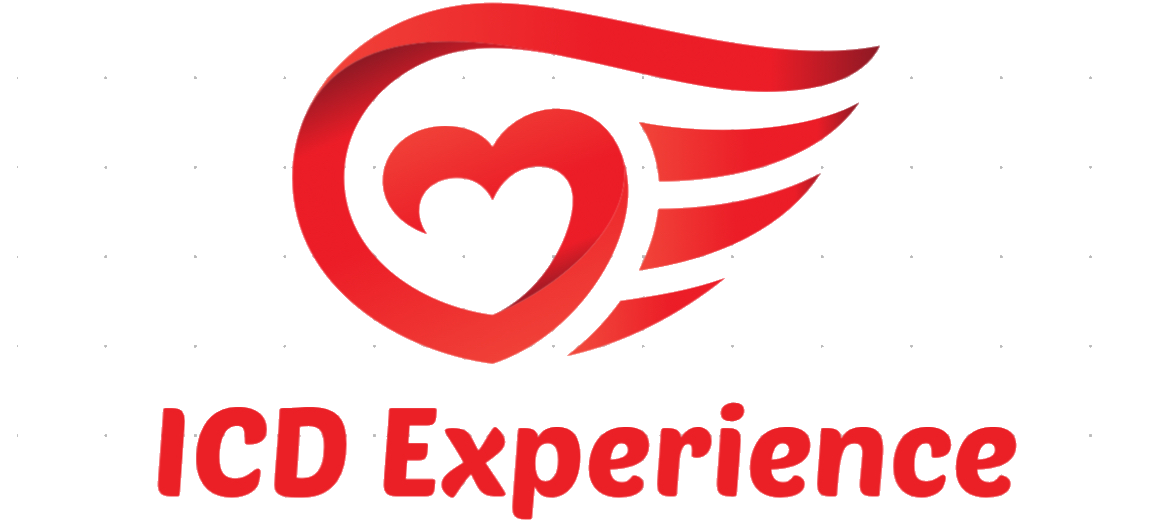So you’ve just had an ICD implanted. Welcome to the club you never asked to join—but one that just might save your life. Whether it came as a shock (pun intended) or was something you knew was coming, getting an Implantable Cardioverter Defibrillator is a big deal. It can stir up all kinds of feelings: relief, fear, gratitude, confusion, even a bit of “now what?”
One of the biggest “now what” questions people ask is: When can I go back to work? Whether you’re a teacher, barista, office wizard, mechanic, or anything in between, the thought of returning to the daily grind after heart surgery can feel overwhelming.
But here’s the good news—you can absolutely go back to work after an ICD implant. With time, guidance, and a little patience, you’ll find your rhythm again (both literally and figuratively). Let’s walk through what that process looks like—physically, emotionally, and even legally—so you can get back to doing what you love without skipping a beat.
Read to understand: Insurance and Costs Related to ICDs
What Is an ICD, Anyway?
An ICD, or implantable cardioverter defibrillator, is a small device that sits just under your skin, usually near your collarbone. Its job? To monitor your heart and deliver a shock if it detects a life-threatening arrhythmia.
In other words, it’s like having a tiny superhero inside your chest, watching over you 24/7. It’s smart, it’s fast, and most of the time, you won’t even notice it’s there.
But while your ICD might be ready for action at any moment, you need a little more time before jumping back into the swing of things—especially at work.
The Recovery Phase: Listen to Your Body (and Your Doctor)
The days immediately following your implant surgery are all about rest, healing, and adjustment. Your chest might feel sore, your arm movement may be limited, and your energy could be lower than usual. This is all completely normal.
Most doctors recommend avoiding any lifting, pushing, or pulling with the arm on the side of the implant for at least 4-6 weeks. That means no carrying heavy bags, lifting toddlers, or reaching for the top shelf. Even typing at a desk or driving can feel a bit strange at first.
For some people, the healing process is relatively smooth. Others may feel more discomfort or fatigue. Some people are ready to return to work within two to three weeks—especially if they have a desk job. For others, particularly those in physically demanding careers, the return might take longer. It’s okay. This isn’t a race. It’s a process.
Read to understand: Insurance and Costs Related to ICDs
Getting the Green Light: When Can You Return to Work?
This question doesn’t have a one-size-fits-all answer, and that’s actually a good thing. Your doctor will take into account the nature of your job, your healing progress, and any other health conditions you might have. Many people start going back to work somewhere between two and twelve weeks after their ICD implant.
If you work at a computer or in an office, you may be cleared to return sooner than someone who climbs ladders, operates heavy machinery, or moves around constantly. But even in less physically intense jobs, you may find that mental fatigue or anxiety plays a bigger role than expected.
The bottom line? Work with your doctor to find a timeline that makes sense for your unique situation. And don’t be afraid to ask for a phased return—it’s completely reasonable to ease back into things.
The Emotional Side of Returning
Here’s something not everyone tells you: the emotional recovery from an ICD implant can be just as challenging as the physical one.
Going back to work after heart surgery can stir up anxiety. What if the device goes off in front of coworkers? What if I get tired too quickly? What if people treat me differently? These are totally normal thoughts. Many people with ICDs report feeling self-conscious or vulnerable when they first go back to work. There’s also the lingering worry: what if something goes wrong?
This is where preparation helps. Having a plan can give you peace of mind. Tell someone you trust at work—whether it’s your manager, a close coworker, or someone in HR—that you’ve had a procedure and may need a bit of extra support. You don’t have to go into detail unless you want to. Something as simple as, “I had a heart procedure and I’m easing back into my routine” is usually enough.
You might also want to have a brief response prepared in case curious coworkers ask questions. Whether you keep it light or go into more detail is entirely up to you. Your story, your terms.
Most importantly, be kind to yourself. It’s okay to feel nervous. It’s okay to take breaks. And it’s definitely okay to say, “I need a moment.”
Don’t miss: ICD and Self-Identity: Rebuilding Confidence
What If Your ICD Goes Off at Work?
Let’s just say it: the idea of your ICD delivering a shock while you’re at work can be scary. But in reality, it’s rare—and if it does happen, the device is doing exactly what it’s supposed to do.
Some people describe a shock as feeling like being kicked in the chest. Others barely remember it happening. You might feel lightheaded or disoriented for a moment, but many people recover quickly. I took 9 shocks during an VT episode and lived with the feeling for months.
If this happens while you’re at work, tell someone nearby and let your doctor know right away. You’ll likely need to check in for a quick follow-up. Most ICD patients who experience a shock end up taking the rest of the day off and return the next day feeling fine. It’s startling, but not necessarily debilitating.
Remember: your ICD is there to save your life, not ruin your workday. It’s your safety net, not a roadblock.
Job Types and the Return-to-Work Experience
Let’s talk job types. If you’re in an office setting, your biggest adjustments may be ergonomic—like keeping your keyboard at a comfortable height or avoiding reaching too far with your healing arm. You may also need to take occasional breaks to rest or stretch. That’s easy enough to work into most routines.
If your job involves more physical activity—think construction, landscaping, retail, healthcare, or anything requiring lifting or standing for long hours—you’ll need a more gradual return. You might start with shorter shifts, lighter duties, or extra breaks. Be open with your employer and your medical team about what you can and can’t do.
Some jobs also come with specific risks. For example, working around high-voltage equipment, strong magnetic fields, or certain types of machinery could potentially interfere with your ICD. Your doctor or device representative can give you guidance tailored to your exact work environment.
Tech, Tools, and Safety Concerns
Good news: your ICD is built to handle everyday electronics. You can use your smartphone, computer, microwave, headphones, electric toothbrush, and even your FitBit without worry. Still, it’s smart to keep phones and other devices a few inches away from your ICD. That means avoiding stashing your phone in a chest pocket on the side of your device. It’s a small adjustment, but an easy one.
If your job involves metal detectors, body scanners, or industrial machinery, ask about procedures for passing through safely. Most modern ICDs are shielded, but it’s always wise to be cautious. Walking through security scanners is fine—just don’t linger.
And hey, don’t forget to carry your ICD card or a medical ID, just in case of emergencies. It’s a little thing that can make a big difference.
Know Your Rights and Speak Up
You might not realize this, but having an ICD could qualify you for protections under the Americans with Disabilities Act (ADA). That means your employer is required to make “reasonable accommodations” to help you do your job safely. This could include modified duties, extra break time, a more flexible schedule, or avoiding certain equipment.
If your doctor recommends time off, you might also be eligible for short-term disability or FMLA leave, depending on your location and benefits.
Your HR department should be able to guide you, but if you feel lost or unsure, there are advocacy groups that can help—like the Heart Rhythm Society or the American Heart Association. You don’t have to figure this all out alone.
Back to the Grind (And Loving It)
Returning to work after an ICD implant is more than just clocking in again—it’s reclaiming a piece of your identity. It’s proof that you’re still you, even with a few new wires and settings. It’s not about going back to “normal.” It’s about creatingy walked the path
Some days will feel fantastic. Others may leave you drained. Both are part of the journey.
So pack your lunch, tie your shoes, and take that first step back with pride. Your heart is stronger than ever—and so are you.
Also read: Life Expectancy with an ICD
A Final Word
There’s no perfect timeline. No one right way to feel. Whether you’re nervous, excited, or somewhere in between, you’re not alone. Thousands of people return to work each year after an ICD implant—and they go on to do amazing things.
You’re part of that group now. Welcome.
Have a story to share? Drop a comment or reach out — we’d love to hear how you or someone you love is living strong with an ICD.
For more in-depth insights, check out my book “Understanding ICD Implants: A Comprehensive Guide.”












